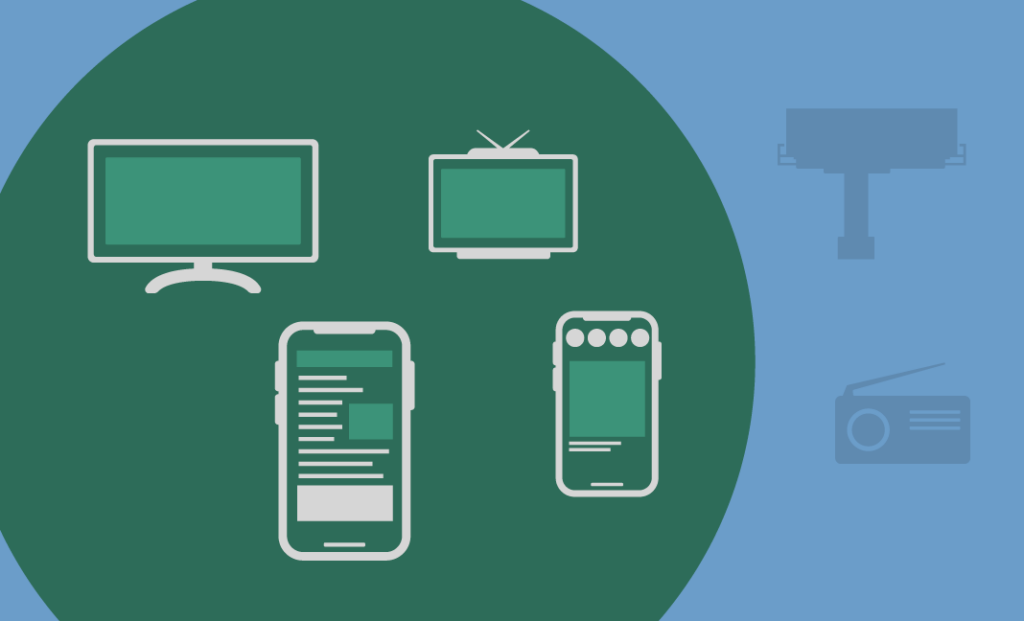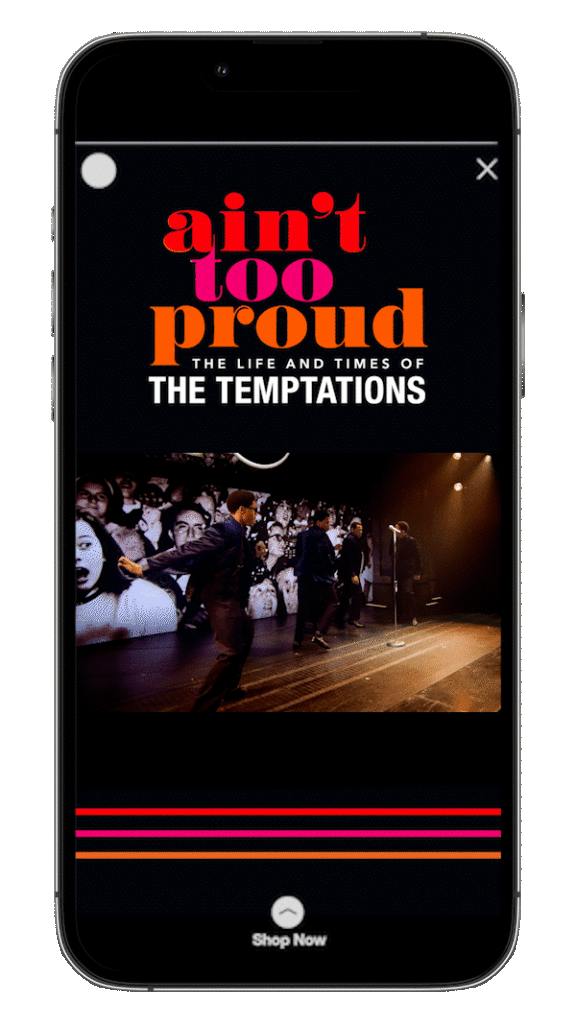Internal DEI initiatives — from internal workshops to mentorship programs — have become an important part of the discussion for brands around the world. A report from McKinsey estimates that spending on internal DEI programs will rise to over $15 billion by 2026 — a reflection of brand commitments coming to fruition within organizations. But DEI initiatives also have enormous potential marketing power. When brands make an effort to highlight their commitment to diverse audiences, they’ll attract loyal, appreciative customers.

Expanding Your Audience Through DEI
Creating your next DEI initiative requires thoughtfully tailoring your message for the target audience while saying something relevant to your brand’s mission — without making it feel like a half attempt at inclusion. Here’s what to consider:
- Reflect the values of communities — DEI initiatives can’t take a one-size-fits-all approach and should be curated based on the audience you’re hoping to reach. At the same time, if your brand displays a particular set of values in your marketing to appease a certain community, you have to be able to stand by those values year-round — or risk coming across as disingenuous.
- Make content representative — Representation across your marketing materials, including the models and actors you choose as the talent, should be aligned with the messaging you’re putting out there.
- Work with diverse creatives — It isn’t just important to have representation on-screen — your company should be just as inclusive when hiring the individuals who work behind-the-scenes. Make sure your team, and the marketing partners you work with, include a diverse set of creatives who can speak honestly and with authority on topics relevant to your audiences.
The Power of DEI Initiatives
Through creative and powerful DEI marketing initiatives, brands have the opportunity to enter an honest and empowering conversation. Let’s look at some successful examples from brands during the 2023 AAPI Heritage Month.
HBOMax highlighted AAPI voices with specially curated content, including film, TV, and stand-up comedy.
Nordstrom leveraged its position as a major retailer to shift the focus onto AAPI-owned brands the department store carries.
Happy AAPI Month! Join us as we honor Asian and Pacific Islander communities and cultures alongside our employees, spotlight AAPI-led brands, and share more about our diversity commitments: https://t.co/R6wDJwIBhl pic.twitter.com/JA55nFluhJ
— Nordstrom (@Nordstrom) May 2, 2022
NASA annually celebrates AAPI Heritage Month by showcasing the contributions of AAPI individuals in the field of science and technology within the NASA community.
A Marketing Partner That Understands the Value of DEI
In over 20 years of providing next-level marketing solutions to brands across industries, Power Marketing has seen firsthand the transformative audience-reaching power of DEI initiatives. With a partner that knows the landscape and can champion your brand accordingly, Power Marketing paves a pathway for companies to truly excel with wide-ranging customer bases.
If you’re interested in seeing how we can support your next DEI initiative, reach out today.
























